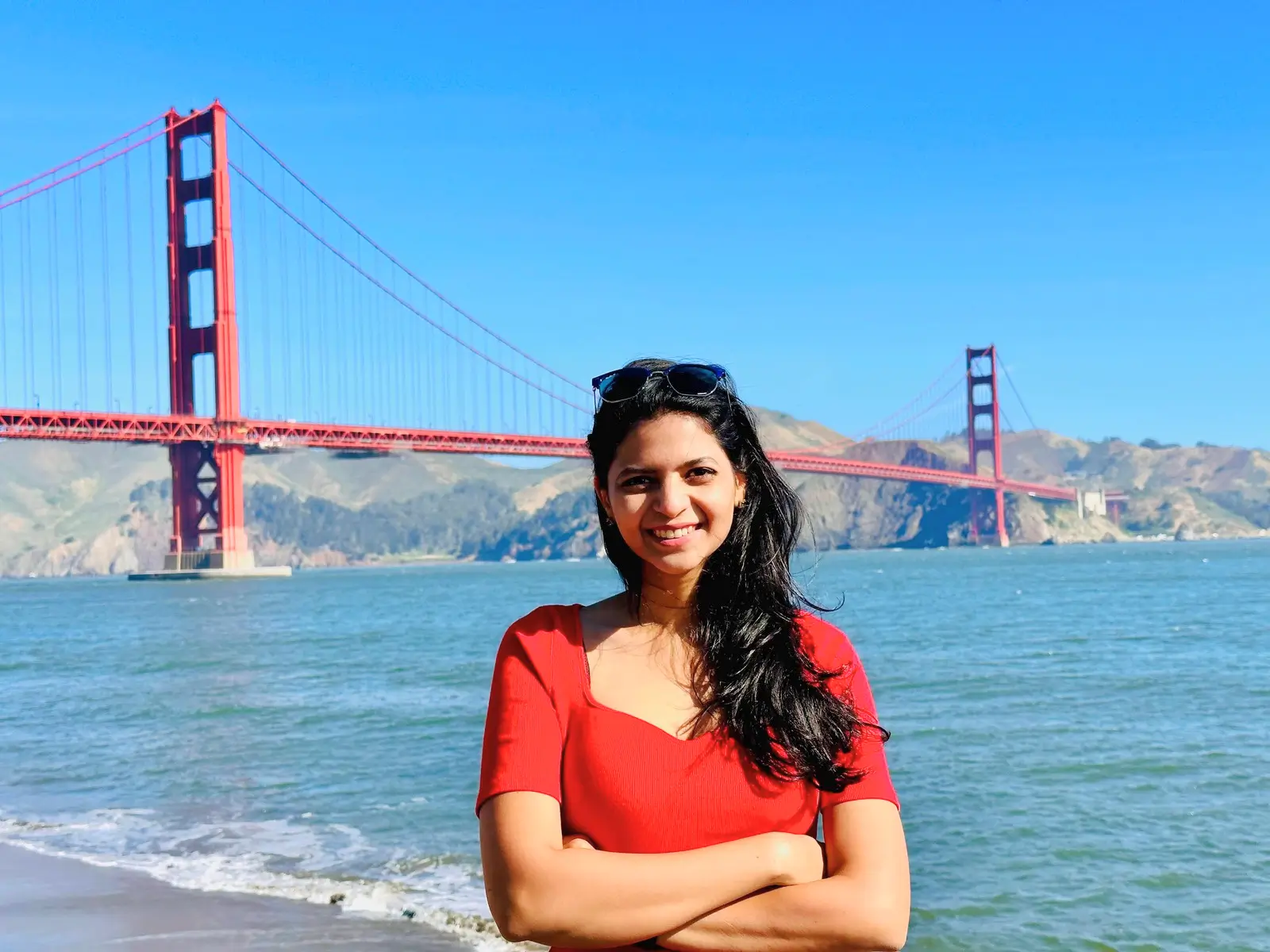San Francisco - 100 days and Counting
100 Days in San Francisco

5 years later, I shifted to San Francisco, CA in May 2024. So, here is how my ~100 days in SF looks like.
The first week was mostly about getting accustomed to the commute system and routes here, apart from understanding and learning more about the company you are part of.
Transportation
Muni, BART, CalTrain, buses, and cabs (Waymo, Uber, Lyft, and traditional taxis).
Tickets:
- If you are an iPhone user, for local transport (Muni and buses), you can get a Clipper card in your Wallet app or from any of the Muni, BART, or CalTrain stations and top-up the card whenever needed.
- One alternative is setting up Apple Pay or Google Pay. You can also use your debit card for the same.
- If none of these work for you, you can also buy tickets from the bus driver or Muni/BART/CalTrain ticket counters each time.
Cost: Muni, BART, CalTrain/buses are the cheapest means of transportation (ranging from $2.50 to $10 depending on the distance). Cabs can be quite costly (average $10 to $20). Uber and Lyft prices vary, especially during peak hours or late at night. Traditional taxis might be a better option during surge pricing times.
The best app to navigate: CityMapper (honestly, I find it better than Google Maps’ navigation feature).
The second week is mostly the settling week.
A Place to Stay
There are multiple apps to help you find a place to stay, like Zillow, Apartments.com, or Craigslist. You can also join Facebook groups like “San Francisco Housing, Rooms, Apartments, Sublets” for good deals.
You can either rent a 1-bedroom apartment or rent a room in a shared apartment. There are two main types of housing options:
- Apartments - Traditional apartment complexes or high-rises.
- Condominiums (Condos) - Often come with facilities like swimming pools and gyms.
Renting a 1-bedroom in a condo in popular areas like SoMa or Mission Bay will cost around $3,000 to $4,000 or more per month depending on the location. Shared apartments or rooms in a shared house can range from $1,500 to $2,500 monthly.
SIM Card and Bank Account
Recommended options for SIM:
- AT&T: ~ $30 to $60 monthly.
- T-Mobile: ~ $25 to $50 monthly (with more/unlimited data offers).
Popular bank options:
- Wells Fargo - Everyday Checking Account.
- Chase Bank - Chase Total Checking Account.
You need an address proof for both to get a SIM card (postpaid) and to create a new bank account. You can get a prepaid SIM card from the airport or any mobile store.
Food
We usually either order food online or go out nearby to the office to have lunch during weekdays.
There are two types of dining places:
- Restaurants: Depending on the area, say, North Beach, the Marina, or the Mission District, the cost will be $20 to $40 for a complete meal. Restaurants in less touristy areas can offer meals from $15 to $30.
- Food Trucks: San Francisco is famous for its diverse and vibrant food truck scene, where you can find a meal for $10 to $20.
Food Ordering Apps
- DoorDash
- UberEats
Ordering food online via any of these apps, the average cost per meal per person will range from $10 (for fast food) to $25 (for a proper meal). You can buy free delivery subscriptions in the DoorDash app if you plan to order food often.
Pharmacy
- CVS
- Walgreens
- Rite Aid
Supermarkets & Convenience Stores
- Trader Joe’s
- Whole Foods
- Gus’s Community Market
- Costco (for bulk shopping)
- Safeway
- 7-Eleven (Open 24 hours - Most of the stores)
For those missing home or craving Indian groceries, Little India in Berkeley is worth a visit. You can find many Indian grocery stores and restaurants in the area.
Touristy Places I Have Explored So Far
Golden Gate Park, Napa Valley, a Baseball match at Oracle Park Stadium, Headlands View Point, Mission District, Ferry Building, Mission Creek Park, Pier 39, Fisherman’s Wharf, and the Golden Gate Bridge.
Stay tuned. :)